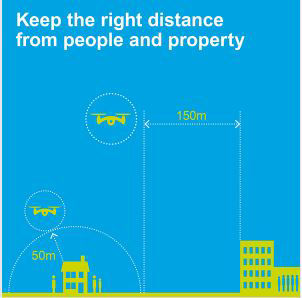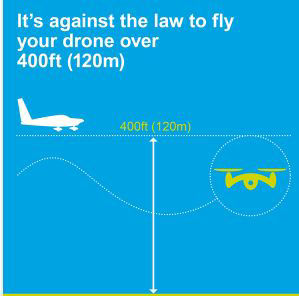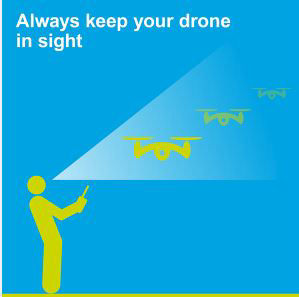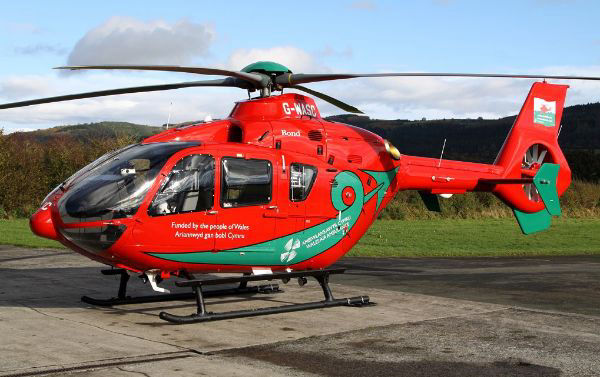


The skies above us are strictly controlled to prevent collisions, where possible commercial aircraft, military aircraft and civilian aircraft are given distinctive corridors of airspace to keep them well apart, these are well defined and mapped out.
Using a drone near an airport whether civilian, commercial or military is exceptionally dangerous, a drone could cause an aeroplane to crash and this is why restrictions have been put in place. Height restrictions are also in place to prevent collision with passing aircraft. Military flying zones are also well documented and are completely 'No-Fly zones' for drones due to the low flight height of their aircraft, dates and times of military training flights are published way in advance, see low flying schedules below.
But not all aircraft use the set corridors or flying heights, aircraft such as the Air-Ambulance often have to fly at low level and land in areas not designed for flight such as towns and villages. Police and rescue helicopters and surveying aircraft often fly low in these areas too, and could appear without warning.
Before flying your drone always check up to date maps for the local flight restriction areas, contact the nearest airport, airfield or military base for permission to fly in the airspace, and warn the Air-Ambulance where you are flying in case they have to fly into that airspace.
Drone users shold consider using 'FLIGHTRADAR' when flying their drone, which is an app available on any modern smartphone to monitor any nearby aircraft, this will show flight plan and height of any private or commercial aircraft with a transponder, but will not always show Military aircraft due to security.

Credit to: Ben Lovegrove
Credit to: Ikopta
Credit to: Steven Purcell
Credit to: Park Cameras
Credit to: On the Kitchen Table
Credit to: Ross Jukes Photography
Credit to: FlyPath
Credit to: FlyPath
Credit to: Ken Heron
Credit to: Steel City Drones Flight Academy
Credit to: 51 Drones
Credit to: Ken Heron
Credit to: Jeven Dovey
Credit to: 51 Drones
Credit to: Ikopta